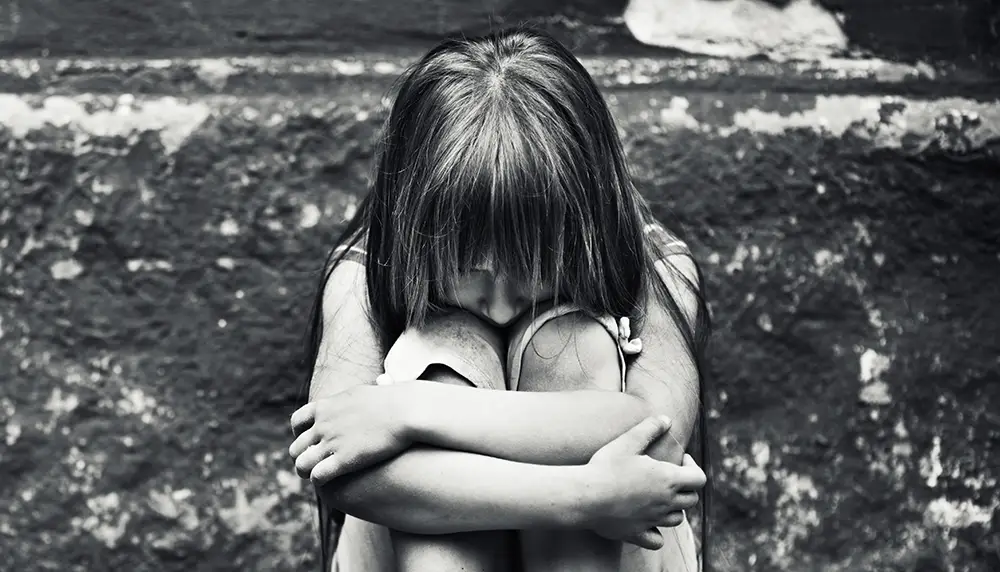7 ways to notice and respond to child neglect
By Stephanie Cole-Farris
Clinical Services Program Manager
Youth Villages

Child neglect — a series of events where the caregiver does not meet a child’s basic needs — is a pervasive issue that affects millions of children across various demographics and communities. According to the U.S. Department of Health and Human Services, neglect is the most common form of child maltreatment and accounts for more than 60% of reported cases of child abuse.
Although it falls under the umbrella of child abuse, neglect can go undetected for long periods of time as it is not as visible as other forms of abuse. When not reported, neglect can intensify and have a profound impact on multiple areas of childhood functioning.
It is important to note that poverty does not equal neglect, a distinction made by Child Welfare Information Gateway. Due to loss of employment and other stressors, caregivers may struggle to meet their child’s basic needs despite giving their best effort to provide for them.
Recognizing the signs of neglect is vital to minimize severe consequences on the child’s physical well-being and overall development, as well as to find intervention plans that include adequate supervision, housing, nutrition, medical care, emotional support and more for the child and family. Here are seven indicators of child neglect:
- Changes in a child’s appearance and hygiene (i.e., children frequently wearing dirty, not weather-suitable or ill-fitting clothes and have unkempt hair or body odor)
- Changes in weight or growth that do not align with a child’s age or health needs, as well as constant hunger or thirst
- Changes in health such as frequent illnesses, dental issues and physical complaints include headaches and stomach pain
- Withdrawal from social interactions, self-isolation and a lack of interest in activities that once brought them joy
- Escalating peer conflict, fighting and other risky behavioral challenges
- Declining attendance, grades, motivation and concentration toward schoolwork
- Being left unsupervised and in unsafe places
Being vigilant about seeing the signs of neglect is essential for timely intervention. To increase safe outcomes, parents, therapists, teachers and others can collaborate to establish personalized environments, recognizing that every child’s needs and experiences are unique. Here are seven steps that can help a child experiencing neglect:
- Provide information and training for teachers and caregivers to enhance their ability to recognize the signs of neglect and respond appropriately
- Establish open and caring communication with children and caregivers, using simple language in an area that respects the family’s privacy
- Develop support plans through parent, school and community collaboration
- Assist parents in creating a nurturing environment
- Build a strong network of support around the child and family
- Share concerns when they are noticed
- Report childhood neglect to ensure the safety and well-being of affected children
Awareness and action are key in preventing the lasting effects of neglect on a child’s development and overall well-being. Child neglect is often underreported, and it is essential that we work together to build safe and nurturing environments for our children.
For more information on child neglect and other forms of child abuse visit www.childwelfare.gov.

